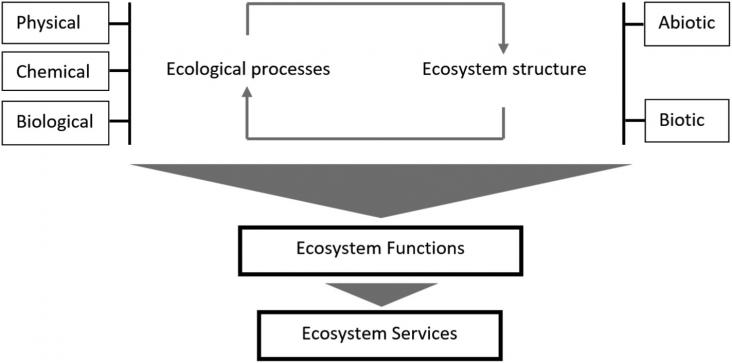Effective management of slow-onset impacts such as coastal erosion, desertification and sea level rise and their often-transformative impacts on communities and countries has remained relatively unexp
Many studies have assessed the concept of geodiversity. Most studies have focused on large spatial scales, ranging from watersheds to landscapes.
Based on a systematic review of journal articles, books and book chapters, and policy papers, we evaluate possible sources of finance for addressing loss and damage from slow onset climate events in d
A growing scientific evidence reaffirms that slow onset climate events such as desertification, sea level rise and loss of biodiversity will place an increasing number of people at risk of poverty and
This paper reviews the evidence on slow-onset events presented in the Special Report on Climate Change and Land (SRCCL) and the Special Report on the Ocean and Cryosphere in a Changing Climate (SROCC)
This article synthesizes recent empirical literature on human mobility linked to slow-onset impacts of climate change.
The multifaceted relationships that exist between communities and the environment in Fiji are increasingly threatened by the cross-temporal impacts of climate change.
Non-economic loss and damage induced by climate change in the Pacific Islands region has been reported as fears of cultural loss, deterioration of vital ecosystem services, and dislocation from ancest
This book chapter advances SDGs 11, 13 and 15 by discussing how arctic natives learned to cope with their environments but are now faced with the threat of the climate crisis.

This paper aims to contribute to the limited understanding and recognition of soil ecosystem services (SoES) in spatial planning.
